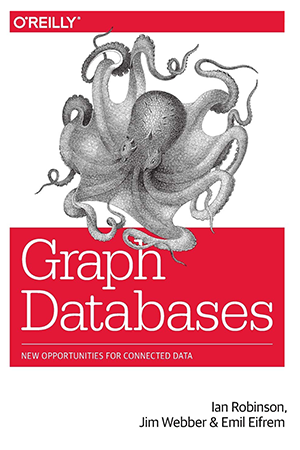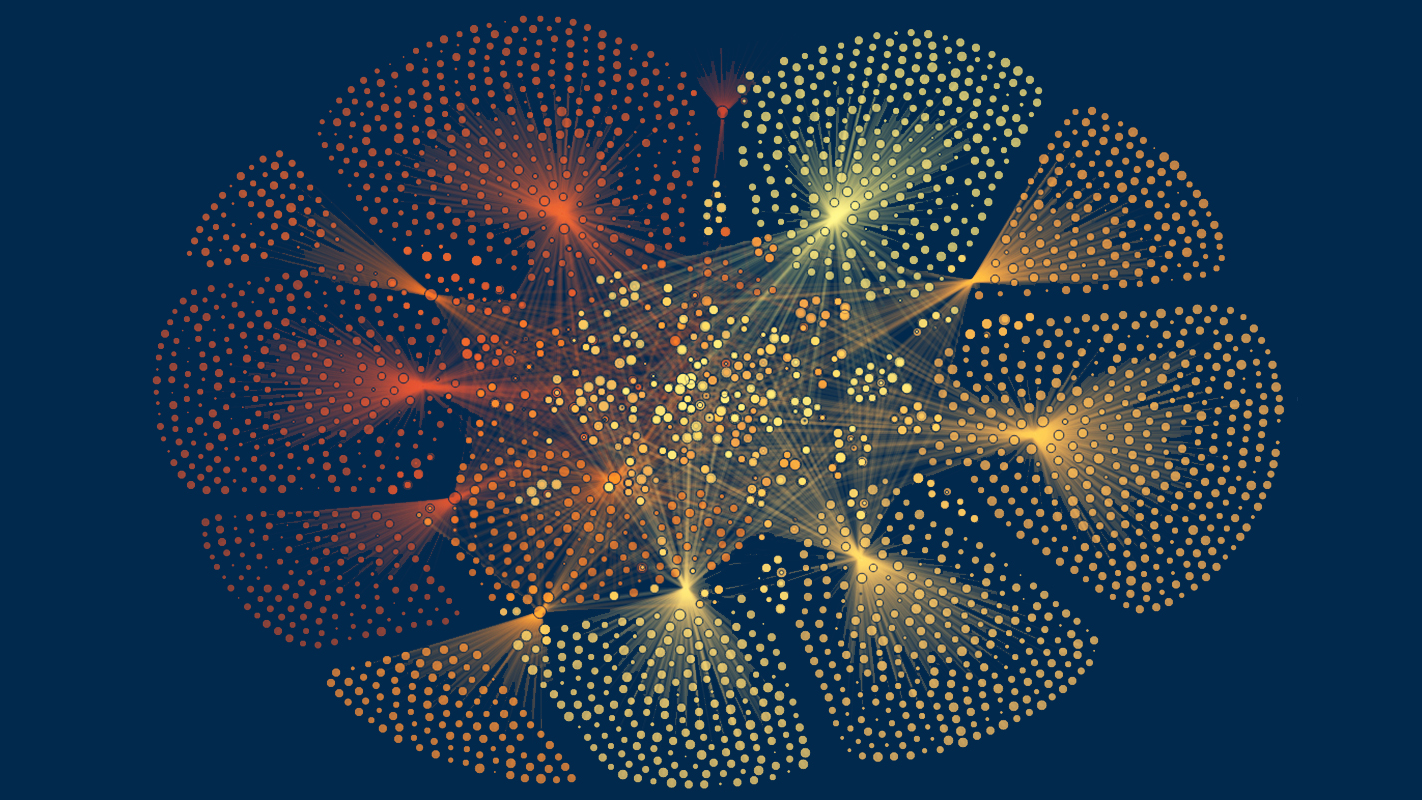
Library
Graph Theory and Applications
Eve Porcello
Learning GraphQL
Why is GraphQL the most innovative technology for fetching data since Ajax? By providing a query language for your APIs and a runtime for fulfilling queries with your data, GraphQL presents a clear alternative to REST and ad hoc web service architectures. With this practical guide, Alex Banks and Eve Porcello deliver a clear learning path for frontend web developers, backend engineers, and project and product managers looking to get started with GraphQL. You’ll explore graph theory, the graph data structure, and GraphQL types before learning hands-on how to build a schema for a photo-sharing application. This book also introduces you to Apollo Client, a popular framework you can use to connect GraphQL to your user interface. Explore graph theory and review popular graph examples in use today Learn how GraphQL applies database querying methods to the internet Create a schema for a PhotoShare application that serves as a roadmap and a contract between the frontend and backend teams Use JavaScript to build a fully functioning GraphQL service and Apollo to implement a client Learn how to prepare GraphQL APIs and clients for production
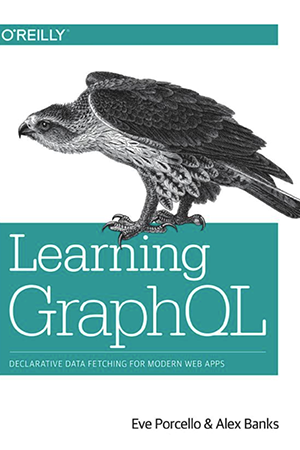
Lei Tang
Community Detection and Mining in Social Media
The past decade has witnessed the emergence of participatory Web and social media, bringing people together in many creative ways. Millions of users are playing, tagging, working, and socializing online, demonstrating new forms of collaboration, communication, and intelligence that were hardly imaginable just a short time ago. Social media also helps reshape business models, sway opinions and emotions, and opens up numerous possibilities to study human interaction and collective behavior in an unparalleled scale. This lecture, from a data mining perspective, introduces characteristics of social media, reviews representative tasks of computing with social media, and illustrates associated challenges. It introduces basic concepts, presents state-of-the-art algorithms with easy-to-understand examples, and recommends effective evaluation methods. In particular, we discuss graph-based community detection techniques and many important extensions that handle dynamic, heterogeneous networks in social media. We also demonstrate how discovered patterns of communities can be used for social media mining. The concepts, algorithms, and methods presented in this lecture can help harness the power of social media and support building socially-intelligent systems. This book is an accessible introduction to the study of \emph{community detection and mining in social media}. It is an essential reading for students, researchers, and practitioners in disciplines and applications where social media is a key source of data that piques our curiosity to understand, manage, innovate, and excel. This book is supported by additional materials, including lecture slides, the complete set of figures, key references, some toy data sets used in the book, and the source code of representative algorithms. The readers are encouraged to visit the book website for the latest information. Table of Contents: Social Media and Social Computing / Nodes, Ties, and Influence / Community Detection and Evaluation / Communities in Heterogeneous Networks / Social Media Mining
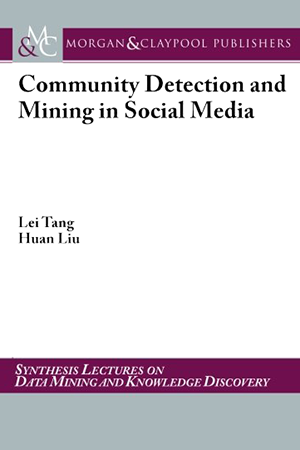
Mark Newman
Networks
The scientific study of networks, including computer networks, social networks, and biological networks, has received an enormous amount of interest in the last few years. The rise of the Internet and the wide availability of inexpensive computers have made it possible to gather and analyze network data on a large scale, and the development of a variety of new theoretical tools has allowed us to extract new knowledge from many different kinds of networks. The study of networks is broadly interdisciplinary and important developments have occurred in many fields, including mathematics, physics, computer and information sciences, biology, and the social sciences. This book brings together for the first time the most important breakthroughs in each of these fields and presents them in a coherent fashion, highlighting the strong interconnections between work in different areas. Subjects covered include the measurement and structure of networks in many branches of science, methods for analyzing network data, including methods developed in physics, statistics, and sociology, the fundamentals of graph theory, computer algorithms, and spectral methods, mathematical models of networks, including random graph models and generative models, and theories of dynamical processes taking place on networks.
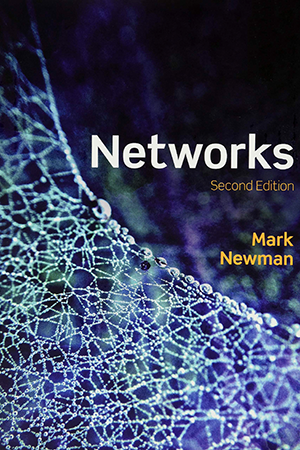
Richard J. Trudeau
Introduction to Graph Theory
Aimed at the mathematically traumatized, this text offers nontechnical coverage of graph theory, with exercises. Discusses planar graphs, Eulers formula, Platonic graphs, coloring, the genus of a graph, Euler walks, Hamilton walks, more. 1976 edition.
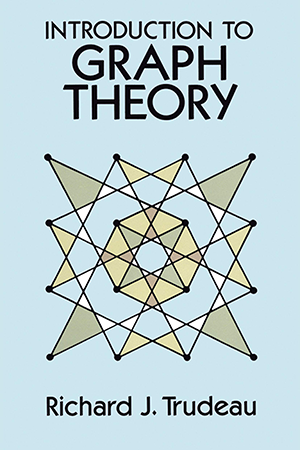
Ian Robinson
Graph Databases
Discover how graph databases can help you manage and query highly connected data. With this practical book, you’ll learn how to design and implement a graph database that brings the power of graphs to bear on a broad range of problem domains. Whether you want to speed up your response to user queries or build a database that can adapt as your business evolves, this book shows you how to apply the schema-free graph model to real-world problems. Learn how different organizations are using graph databases to outperform their competitors. With this book’s data modeling, query, and code examples, you’ll quickly be able to implement your own solution. Model data with the Cypher query language and property graph model Learn best practices and common pitfalls when modeling with graphs Plan and implement a graph database solution in-driven fashion Explore real-world examples to learn how and why organizations use a graph database Understand common patterns and components of graph database architecture Use analytical techniques and algorithms to mine graph database information
